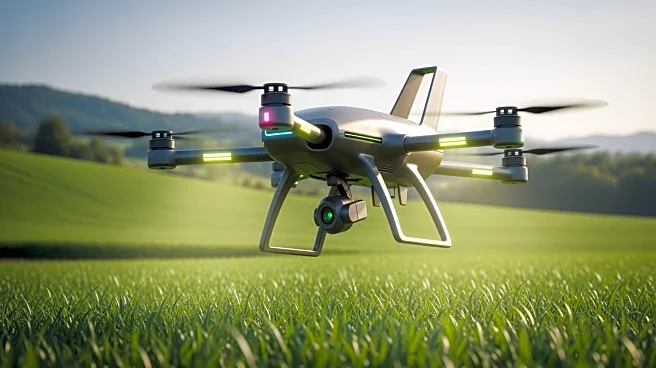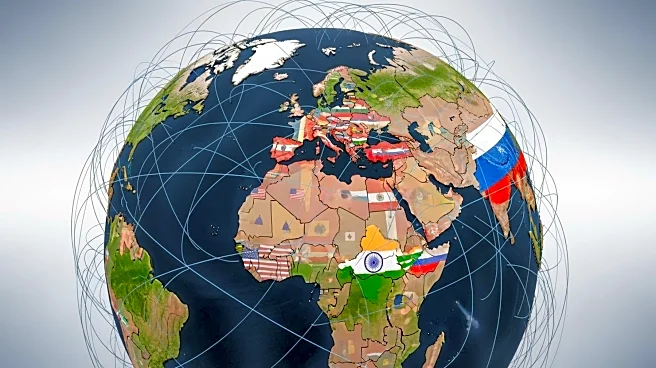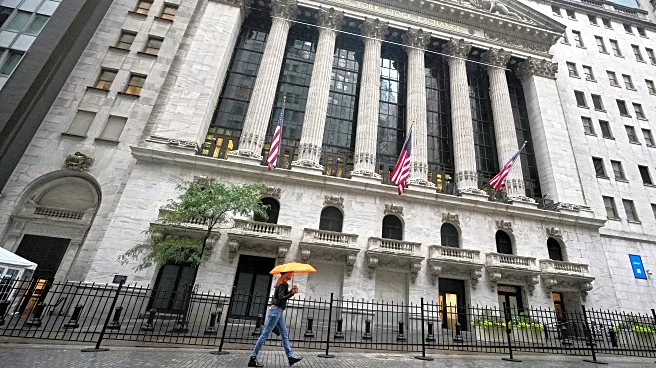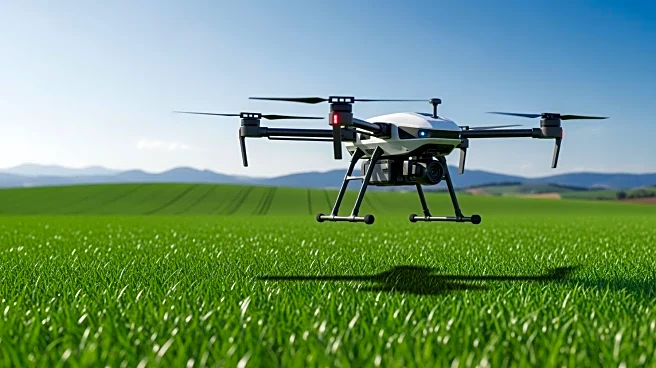What's Happening?
The market for self-healing polymers in aerospace applications is expected to grow significantly, with a projected compound annual growth rate (CAGR) of 13.3% from 2024 to 2031. These polymers are engineered
to autonomously repair microfaults and other damage modes in polymer matrices and composites used in aerospace structures. The technology aims to enhance safety, reduce maintenance frequency, and lower life-cycle costs for commercial and defense aerospace platforms. The market is estimated to reach USD 420 million by 2031, with an average selling price of USD 500 per kilogram. Recent technological advancements include biologically inspired self-repair concepts and compatibility with thermoplastic composites, which are moving closer to certification-grade use.
Why It's Important?
The growth of self-healing polymers in aerospace is significant due to their potential to revolutionize maintenance and safety standards in the industry. By reducing the need for frequent inspections and repairs, these materials can lower operational costs and extend the service life of aircraft components. This is particularly important for commercial aviation and defense sectors, where reliability and cost-efficiency are critical. The technology also aligns with the industry's push towards more sustainable and efficient materials, potentially reducing environmental impact through less waste and resource consumption.
What's Next?
The next steps involve further integration of self-healing polymers with fiber-reinforced composites and surface coatings, where the benefits are most pronounced. The focus will be on achieving full FAA/EASA certification for primary structural applications, although initial commercialization is expected in secondary structures and maintenance, repair, and overhaul (MRO) systems. Asia, particularly China and India, is poised to be a major player in the adoption and innovation of these materials, driven by strong aircraft build rates and government incentives for advanced materials manufacturing.
Beyond the Headlines
The development of self-healing polymers also raises ethical and regulatory considerations, particularly in terms of certification and long-term durability. Ensuring these materials can withstand operational environments and demonstrate repeatable healing performance is crucial for widespread adoption. Additionally, the integration of these polymers into existing supply chains and manufacturing processes presents challenges that require cross-industry collaboration.












